|
The choice beef cutout has spiked in the past few days, partly due to significant disruptions at feedlots brought about by recent extreme winter weather. The supply of cattle with more than 120 days on feed on Dec. 1 already was the lowest inventory of market-ready cattle on that date since 2018, estimated to be 76,000 head smaller than the previous year, analysts at the Daily Livestsock Report said in an analysis published today.
"Add to this the stress of winter weather and availability suddenly plummets," the analysts wrote. Extreme cold negatively impacts cattle in feedlots as livestock burns more energy to stay alive. The recent storm significantly affected the movement of cattle from feedlots to processing plants, plants’ ability to bring workers in, and the movement of beef from processing plants from the middle of the country to metropolitan areas, the DLR said. Fed cattle slaughter was 15% lower for the week of Dec. 19 than two weeks prior. But with supply needed for the meat case and to run further processing plants, the rib primal value on Tuesday was $548/cwt, the highest for the year, at a time when prices of bone-in and boneless ribeyes typically decline, after Christmas orders have been filled. "Why are people paying that kind of price? Because they are short and when you need to fill orders in a market where supply is thin you end up paying whatever it takes to outbid the other guy," the analysts said. "So here we are with likely less supply of market-ready cattle for January in feedlots, more weather stressed cattle and more beef booked for delivery. Spot buyers/traders woke up to this reality during the Christmas week storms and may feel the effects of tight supplies well into January."
0 Comments
Highly pathogenic avian influenza’s assault on the poultry industry continues, with new outbreaks reported in the U.S. and across the Mexican and Canadian borders. The USDA’s Animal Plant and Health Inspection Service on Thursday confirmed outbreaks in Colorado, Idaho, Oregon and South Dakota during the past two days. That includes a commercial turkey operation with 31,800 birds in Hanson County, S.D., and 239,700 egg-laying hens in Colorado’s Weld County.
The 2022 tally currently stands at confirmed infections in 708 commercial and backyard flocks in 47 states, impacting 57.69 million birds, according to the agency. The Huron Perth Public Health agency in Ontario recently reported HPAI was identified in live poultry delivered to a commercial processing plant. “The Canadian Food Inspection Agency, along with the Huron Perth Public Health, the Ministry of Health and Public Health Ontario are working together with the plant operator to respond to the situation,” HPPH stated. Operations at the plant — identified by the London Free Press as operated by Sofina Foods — resumed on Monday, officials said. HPAI is also striking across the southern border, with the virus confirmed in 17 commercial poultry flocks in Mexico, according to the World Organisation for Animal Health. Weather conditions and pest pressures in California, Florida and Mexico combined to create elevated vegetable fob prices in 2022, and a USDA report says higher prices may persist until at least early January. Click here to read the full article.
After two years of pandemic-restricted service, chefs and restaurateurs were eager to ramp up menu innovation in 2022. Then the industry was hit with a triple whammy.
The supply chain was still erratic, kitchens were understaffed and inflation was starting to take a bite out of creativity. Click here to read the full article. Restaurant sales and traffic growth soften again in November, likely signaling tougher times ahead12/22/2022 Inflation began its decline in late summer, the short-term increase in gas prices has since subsided, and the impact of those economic trends can be seen in consumer spending at restaurants. Click here to read the full article.
Breakfast has the power to turn everything around - from an energy and a profitability standpoint. Explore the resources, products and recipes that can help you grab your share of breakfast traffic. Click here to read the full article.
Four new cases of bird flu at Iowa turkey farms in the past few days will push the number of birds slaughtered nationwide this month to limit the spread of the virus up to nearly 700,000.The latest cases announced by the Iowa Department of Agriculture only add to the toll of this year's ongoing outbreak that has prompted officials to kill more than 53 million birds in 47 states. Anytime the virus is found, the entire flock is killed to help control the disease.
Click here to read the full article. Even though the price of butter jumped more than 26% in October compared to a year ago, analysts say they expect consumers will spend the extra money on the item when they do their holiday baking and cooking, boosting sales. Click here to read the full article.
The biggest challenge for U.S. potato grower-shippers in 2023 might be stretching their volume to last through the season. USDA estimates harvested acreage for 2022 at 902,200 acres. That’s down from 935,700 in 2021, which itself was a tight year. “Growers are doing their best to manage expectations and hold onto their pile of spuds to make them last,” said Ross Johnson, vice president of retail for the Eagle, Idaho-based Idaho Potato Commission. Click here to read the full article.
Iowa officials are confirming a positive case of highly pathogenic avian influenza (HPAI) in a commercial turkey flock in Buena Vista County. The outbreak impacting 40,700 birds comes a month after Iowa’s last outbreak involving commercial layer chickens in Wright County.
Among the hardest hit states, Iowa’s poultry industry has lost more than 15.5 million birds to HPAI this year. There’s also been a spate of HPAI infections among commercial turkey producers in South Dakota. All told, HPAI has been confirmed in 670 commercial and backyard flocks in 47 states in 2022, affecting 52.87 million birds, according to the USDA’s Animal and Plant Health Inspection Service (APHIS.) The agency on Tuesday added Alabama to the list of states with HPAI confirmed at a backyard producer. The infection in Lawrence County affected 460 birds. The virus previously was confirmed in wild birds in the state, specifically in black vultures in November and an American wigeon in February. Meanwhile, HPAI is prompting APHIS to restrict the importing of poultry, eggs and other avian products from countries including Ecuador and 11 prefectures in Japan. Consumers in the U.S. spent 23% more at restaurants during the Black Friday Weekend in late November compared to 2021, and the spend spike beat out spend on fashion and electronics which saw increases of 14% and 2%, respectively. Click here for the full article.
The Senate on Thursday passed legislation to avert a rail shutdown following a grave warning from President Joe Biden about the economic danger posed by a strike. Click here to read the full article.
Retail food inflation slowed in October but is still running up double digits compared with a year ago, a new USDA Food Price report says. The agency also said farm-level prices for fresh fruits and vegetables are running even hotter. Click here to read the full article.
At the Oklahoma City location of the Cajun-style seafood chain Hook & Reel, the decor is unsurprisingly nautical. Thick braids of rope are coiled decoratively around pillars, and a plastic shark hangs from the ceiling, baring its teeth in a wide, leering smile. Seafood comes to tables piled on platters or nested in fry baskets. Click here to read the full article.
Weekly beef cow slaughter has been higher year-over-year for 70 consecutive weeks. In that period, on only four occasions has the year-over-year increase been less than 3%. The latest weekly data shows that beef cow slaughter was up 2.7% year-over- year, just the second week this year in which the rate was up less than 3%. It’s too early to be sure but beef cow slaughter may be slowing down.
As the calendar transitions to winter, seasonal shifts in the cattle and beef industry will begin to appear with reduced slaughter, moderating weights, improvement in grade and slower beef demand following winter holiday buying.
Throughout most of the year, slaughter has outpaced expectations with both fed and non-fed slaughter on pace to finish above last year and total cattle slaughter expected to be the highest since 2010. Weights will likely average at all-time highs for fed cattle for the year. While weights do tend to increase over time, the last few years saw especially large increases with challenges surrounding packing capacity, so with improved harvest capacity and elevated grain prices, continued increases in weights has been somewhat of a surprise. Florida citrus growers got off easy following Hurricane Nicole, which hit the Sunshine State on Nov. 10, compared to the devastation caused by Hurricane Ian in late September. “There was some fruit on the ground as a result of the hurricane, but by and large, it sounds like we have, based on the early estimates, avoided the kind of disastrous impact that Ian had,” said Matt Joyner, executive vice president and CEO of Orlando-based Florida Citrus Mutual. The storms left some standing water, but he said Nicole was “mild compared to Ian.” Click here to read the full article.
Spending time with family and friends at Thanksgiving remains important for many Americans and this year the cost of the meal is also top of mind. Farm Bureau’s 37th annual survey provides a snapshot of the average cost of this year’s classic Thanksgiving feast for 10, which is $64.05 or less than $6.50 per person. This is a $10.74 or 20% increase from last year’s average of $53.31. Click here to read the full article.
Just as U.S. consumers begin planning their food needs for the upcoming Thanksgiving holiday, lettuce growers in the desert of southwest Arizona and southern California are harvesting lettuce a little early to capture record high lettuce prices. The USDA reports that box prices on Nov. 7 ranged from just over $50 for Salinas-Watsonville romaine, to over $90 for iceberg from the same area. San Joaquin Valley iceberg sold for $82.55 to $91.50 per box. I’ve heard rumors of $95 lettuce. Click here to read more.
The US Department of Agriculture in its preliminary baseline projections as of October forecast US farmers will plant more wheat and corn in 2023 but fewer acres to soybeans. The projections for eight major crops included higher planted area for wheat, corn, sorghum, oats and rice from 2022 but lower area for soybeans, barley and upland cotton. Click here to read the full article.
The Mississippi River — the immense, quiet highway that courses down the middle of America, moving critical food, wood, coal and steel supplies to global markets — is shrinking from drought, forcing traffic to a crawl at the worst possible time. Click here to read the full article.
If you’re like most operators, you’ve reduced your menu to better cope with increased food costs, supply chain disruptions, and labor shortages. Adding in unique limited-time offers (LTOs) can help infuse life into pared-down menus. These specials not only create a buzz, but they also provide an opportunity to stimulate traffic and sales.
Over half (54%) of restaurant operators say that LTOs are a central part of their business1, and many (43%) launch an LTO anywhere from every month to every three months.2 Look for ways to improve LTO visibility while boosting profitability with these four tips. Click here to read the full article. North America’s leading premium dessert company, today closed the acquisition of Dianne’s Fine Desserts, a leading provider of premium frozen thaw-and-serve desserts, from Geneva Glen Capital. The acquisition expands Dessert Holdings’ assortment of products supplied to the foodservice industry. Financial terms of the private transaction were not disclosed. Founded over 40 years ago, Dianne’s innovative product line includes cheesecakes, layer cakes, pies and tarts, brownies and bars, individual minis and specialty desserts using high quality ingredients and chef inspired craftsmanship. Dianne’s operates two Global Food Safety Initiative-certified manufacturing facilities. Click here to read the full article.
Commercial turkey facilities in Minnesota are getting hammered by highly pathogenic avian influenza, with HPAI confirmed on Thursday at sites in Le Sueur and Stearns counties, according to the USDA’s Animal and Plant Health Inspection Service.
A total of 20,100 birds were affected at the Le Sueur producer, while the facility in Stearns lost 75,000 turkeys, the APHIS tally stated as of Monday. A commercial turkey meat producer in Swift, Minn., lost 33,800 birds after HPAI was confirmed at the site on Tuesday. HPAI has been confirmed this year in 580 commercial and backyard flocks in 43 states, with 47.86 million birds affected, according to the agency. The ongoing outbreaks have the U.S. edging closer to the record set in the nation’s deadliest HPAI onslaught in 2015, when 50.5 chickens and turkeys perished. |
AuthorWrite something about yourself. No need to be fancy, just an overview. Archives
June 2026
Categories
All
|


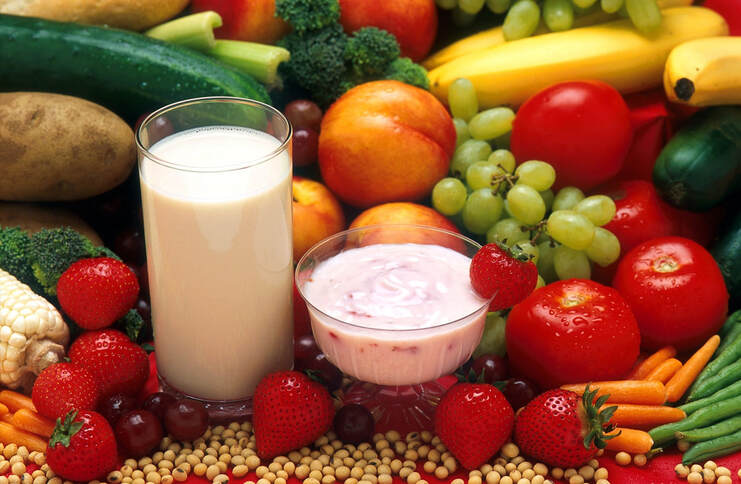
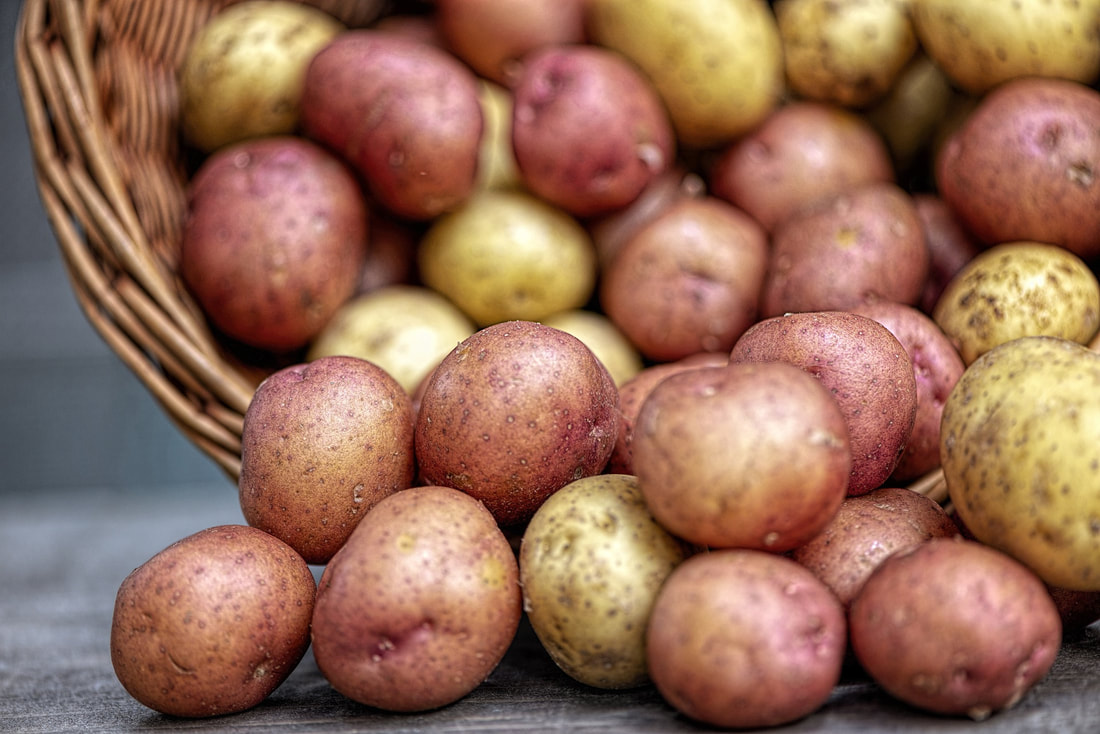
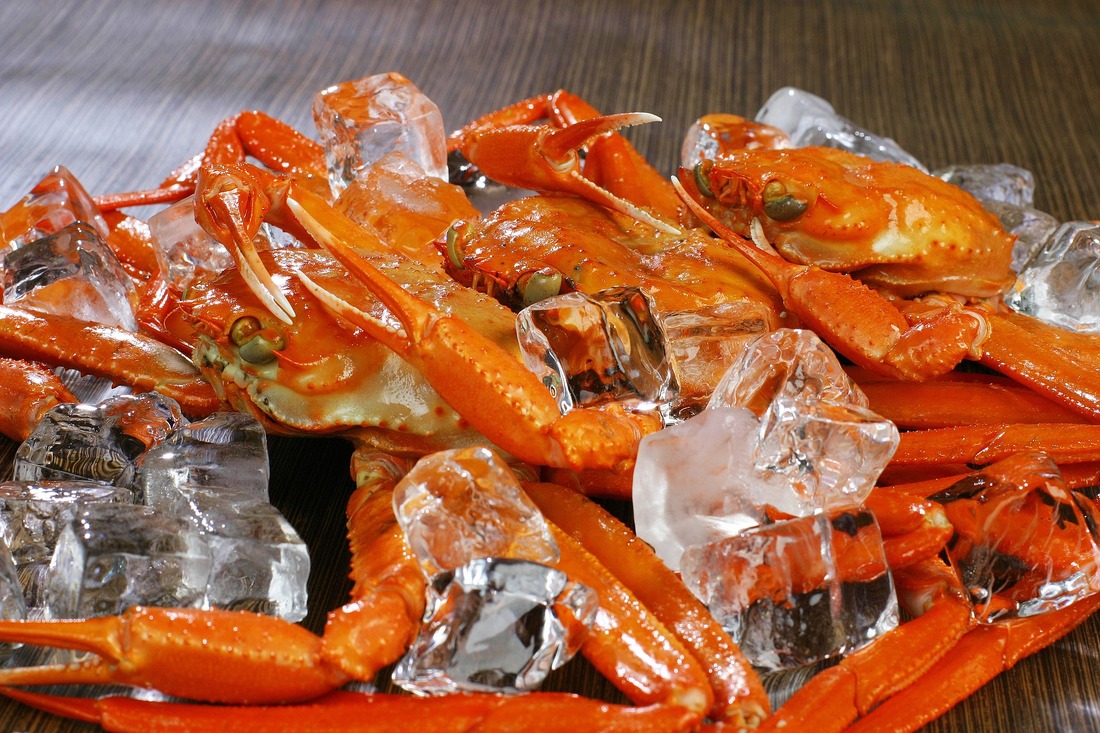
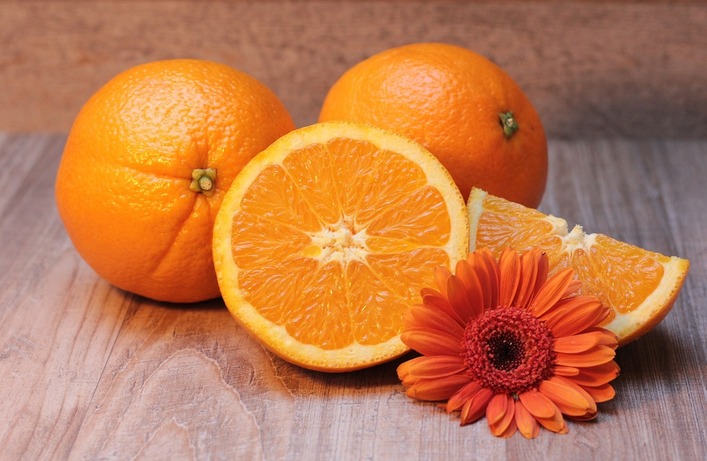
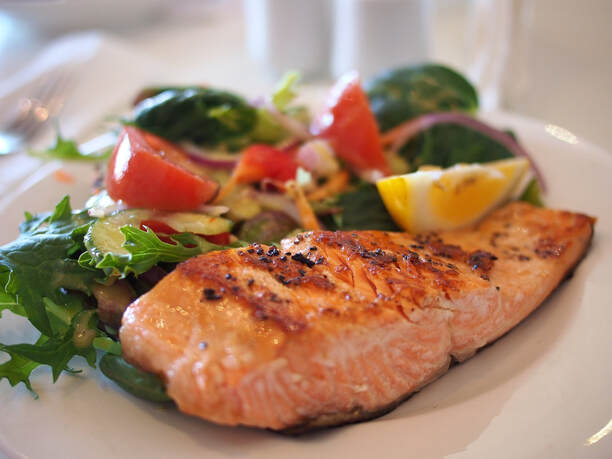
 RSS Feed
RSS Feed